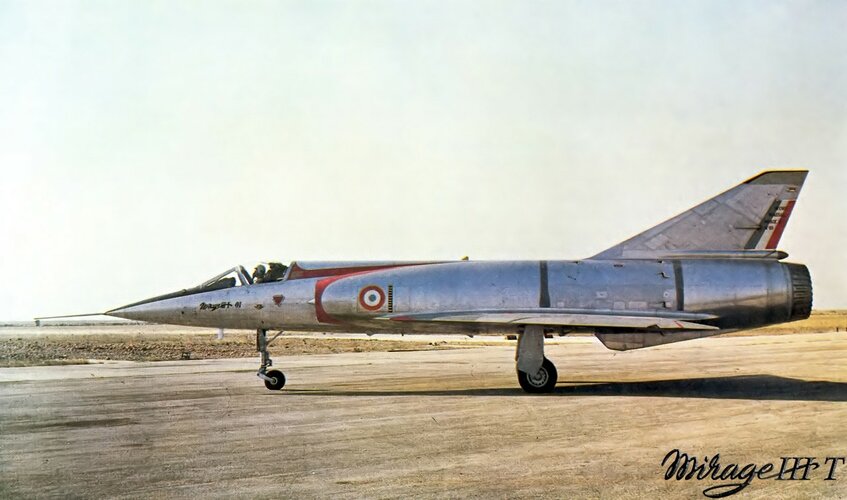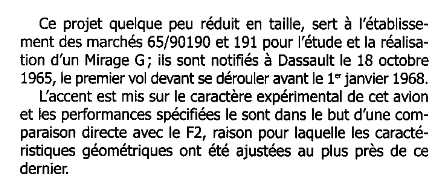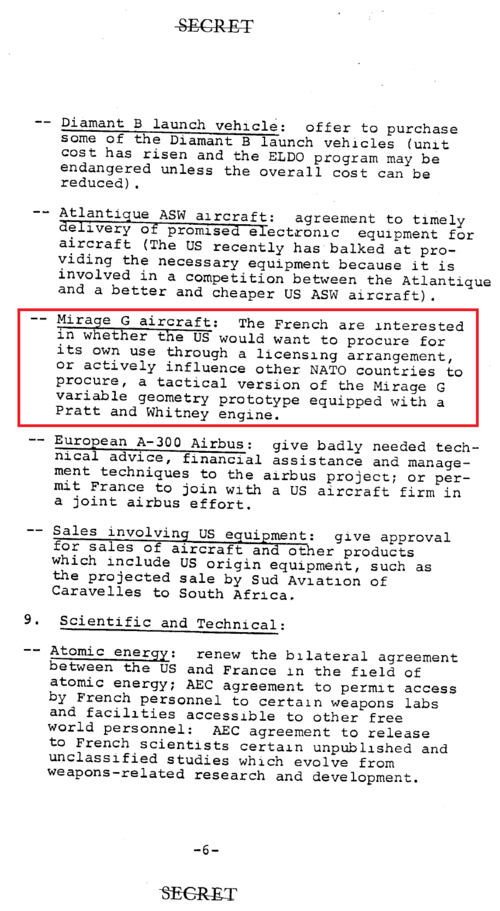As said in the tin.
OTL it happened that way
1-F-111B (canned 1967-68)
2-VFAX the first (1968 only)
3-VFX-1 (= Gruman 303 = F-14A) 1969
4-VFX-2 (= F-14B)
5-VFAX reborn (1973)
6-NACF
7-F-18 Hornet
Between 1968 and 1971 the USN wanted an all Tomcat force but USMC first, then SecDef David Packard, strongly disagree. Despite fierce USN resistance, by 1973 VFAX had returned.
The tipping point seems to have been 1971. This was the moment (FY70) when Packard cut the number of Tomcats to be procured from 722 to 313 (multiple crossed sources at Google books, including Congressional Hearings).
So: the dream of a 100% Tomcat force seems to have lasted three years, 1968-71.
Now, the 1968 VFAX was to replace the Phantoms and SLUFF without AWG-9 / Phoenix: only AIM-7 Sparrow.
And there, enters Vought. Who was familiar with the French Aéronavale since 1938 and the V-156F dive bombers, followed by loads of Corsairs, then Crusaders in 1963.
IOTL Vought had to follow VFX-1 and the end result were the V-505 / 507, the later a Tomcat-Mirage startling hybrid.
There were multiple cooperation opportunities between Vought and France in the late 1960's
- the Crusader deal
- a 1969 agreement to re-wing the same Crusaders (Aerospatiale or Dassault, can't remember)
- The Vought - Dassault agreements of 1968, related to V-507
- a proposal to get three Mirage G into a Harrier-like international squadron at Patuxent river (July 1969)
- the 1972 proposal by the same Vought to build A-7Es for the Aéronavale with Aerospatiale
I can see a small opportunity for a VFAX - Vought - Dassault - Aerospatiale - Aéronavale to get through. The Aéronavale certainly loved the Mirage G, which provided Phantom capabilities to Foch & Clems better than any naval F-1 or Crusader or... Phantom, as considered in '62 before buying the Crouzes.
Your thoughts ? Do you think a Vought Mirage G could sneak into the USN as a VFAX low end to the Tomcat ? and then the Aéronavale would buy 100, 71, or 42 of them ?
OTL it happened that way
1-F-111B (canned 1967-68)
2-VFAX the first (1968 only)
3-VFX-1 (= Gruman 303 = F-14A) 1969
4-VFX-2 (= F-14B)
5-VFAX reborn (1973)
6-NACF
7-F-18 Hornet
Between 1968 and 1971 the USN wanted an all Tomcat force but USMC first, then SecDef David Packard, strongly disagree. Despite fierce USN resistance, by 1973 VFAX had returned.
The tipping point seems to have been 1971. This was the moment (FY70) when Packard cut the number of Tomcats to be procured from 722 to 313 (multiple crossed sources at Google books, including Congressional Hearings).
So: the dream of a 100% Tomcat force seems to have lasted three years, 1968-71.
Now, the 1968 VFAX was to replace the Phantoms and SLUFF without AWG-9 / Phoenix: only AIM-7 Sparrow.
And there, enters Vought. Who was familiar with the French Aéronavale since 1938 and the V-156F dive bombers, followed by loads of Corsairs, then Crusaders in 1963.
IOTL Vought had to follow VFX-1 and the end result were the V-505 / 507, the later a Tomcat-Mirage startling hybrid.
There were multiple cooperation opportunities between Vought and France in the late 1960's
- the Crusader deal
- a 1969 agreement to re-wing the same Crusaders (Aerospatiale or Dassault, can't remember)
- The Vought - Dassault agreements of 1968, related to V-507
- a proposal to get three Mirage G into a Harrier-like international squadron at Patuxent river (July 1969)
- the 1972 proposal by the same Vought to build A-7Es for the Aéronavale with Aerospatiale
I can see a small opportunity for a VFAX - Vought - Dassault - Aerospatiale - Aéronavale to get through. The Aéronavale certainly loved the Mirage G, which provided Phantom capabilities to Foch & Clems better than any naval F-1 or Crusader or... Phantom, as considered in '62 before buying the Crouzes.
Your thoughts ? Do you think a Vought Mirage G could sneak into the USN as a VFAX low end to the Tomcat ? and then the Aéronavale would buy 100, 71, or 42 of them ?
Last edited:



